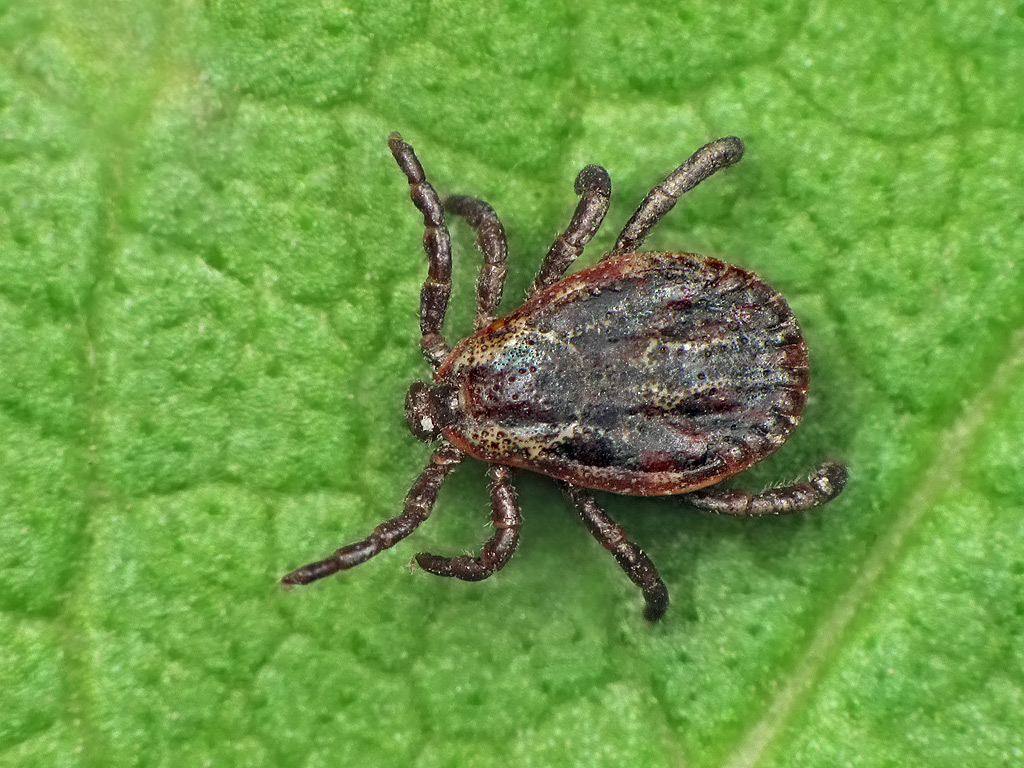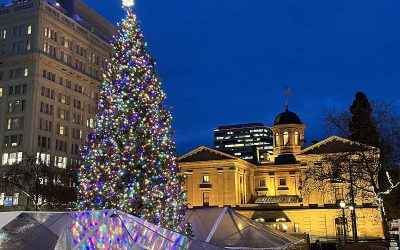As the weather gets warmer and more people venture out into their back yard or favorite hiking trail, the risk for people picking up a tick and contracting a tick borne illness like Lyme disease rises. But how bad is Lyme disease, and what are your chances of picking up a tick this year on your outdoor adventures? And more importantly, how do we prevent tick bites in the first place? This is everything you never wanted to know about ticks in Oregon.

Many people never realize they've been bitten by a tick as tick bites don't itch or hurt. Baby ticks are smaller than a poppy seed and very hard to spot.
How Ticks Pass On Disease
There are four types of Ticks in Oregon you have to worry about passing on nasty diseases: The deer tick (Western Black Legged Tick), Rocky Mountain Wood Tick, Brown Dog Tick, and American Dog Tick. Not all of them carry the same diseases, but it's important to be on the lookout and know what to do if you're bit.
Tick bites don't cause pain or itch so you may not even know you've been bit, and in fact many people who end up with a tick related disease had no idea they'd been bit. That might be hard to believe, but some ticks are smaller than a poppy seed, and they hang around in your hair or other areas you wouldn't think to check after a trip outside.
How exactly do ticks pass on a disease when they bite you? Not every tick is infected with a disease, but for those that are, when they bite you some of their saliva gets mixed in with your blood, passing on whatever bacteria they're infected with. Check out this video to get a close look at how ticks dig into your skin with a mouth full of hooks:
Some of the diseases ticks in Oregon can pass on to you are:
- Lyme Disease (Borrelia Burgdorferi)
- Rocky Mountain Spotted Fever
- Tularemia
- Human Anaplasmosis
- B. Miyamotoi
The tick borne disease we hear about the most is Lyme. Untreated Lyme can trigger a variety of autoimmune diseases, and can give you: extreme fatigue, hives, brain fog. It can also damage your organs like your heart and lungs. Check out this map of where Deer Ticks (Western Black Legged Ticks), which carry Lyme hang out in Oregon.

A map from the Oregon Health Authority of deer tick distribution in Oregon. Note that they haven't looked for deer ticks in some areas, so it cannot be confirmed if they are there or not. People in some of the unsampled areas have been diagnosed with Lyme disease.
According to the Oregon Health Authority, 40–50 human cases of Lyme disease are reported each year in Oregon.
"Each year, approximately 30,000 cases of Lyme disease are reported to CDC [in the US]," According to the CDC though,"Recent estimates using other methods suggest that approximately 300,000 people may get Lyme disease each year in the United States."
Not every case is discovered or reported, though the CDC does try to track the trends of tick borne illnesses like Lyme disease through reporting. If you are diagnosed with a confirmed case of Lyme disease, the doctor will report it to the CDC, and after a few weeks you'll get a call from the CDC asking you questions such as what symptoms you had and where you think you picked the tick up that gave Lyme to you.
Ticks In Oregon And The Diseases They Can Give You
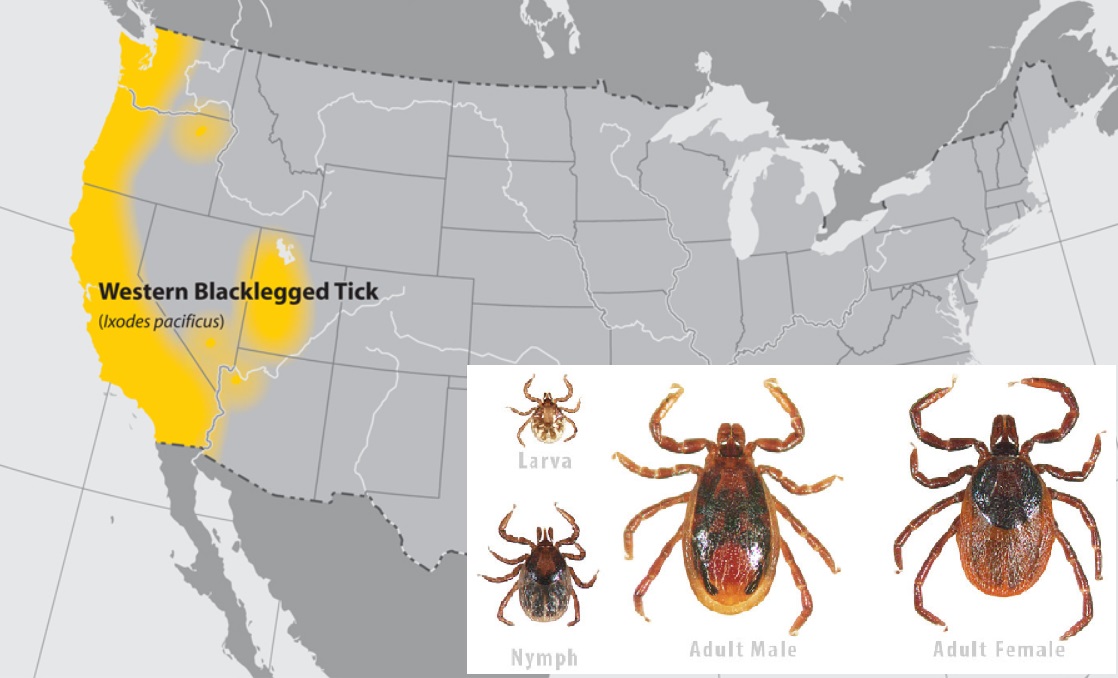
Western Black Legged Tick, also known as Deer Tick carry Lyme disease. Map from the CDC.
The Western Black Legged Tick has been reported in the Western areas of Oregon, though they have not done studies in the rest of Oregon to see if the deer tick is present there. Just because it doesn't show up on the map doesn't mean you don't have to worry about it in other parts of the state.
Western Black Legged Ticks transmit:
The nymphs (babies) are smaller than a poppy seed and you could have several on you and never know it.
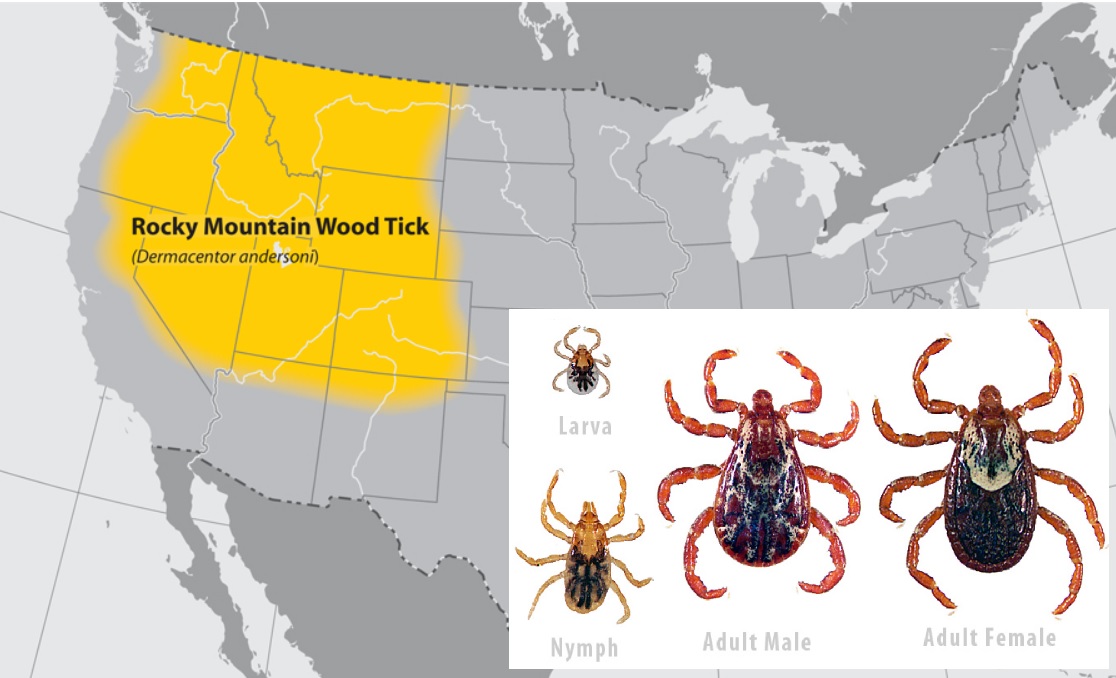
Rocky Mountain Wood Tick Map from the CDC.
The Rocky Mountain Wood Tick transmits:
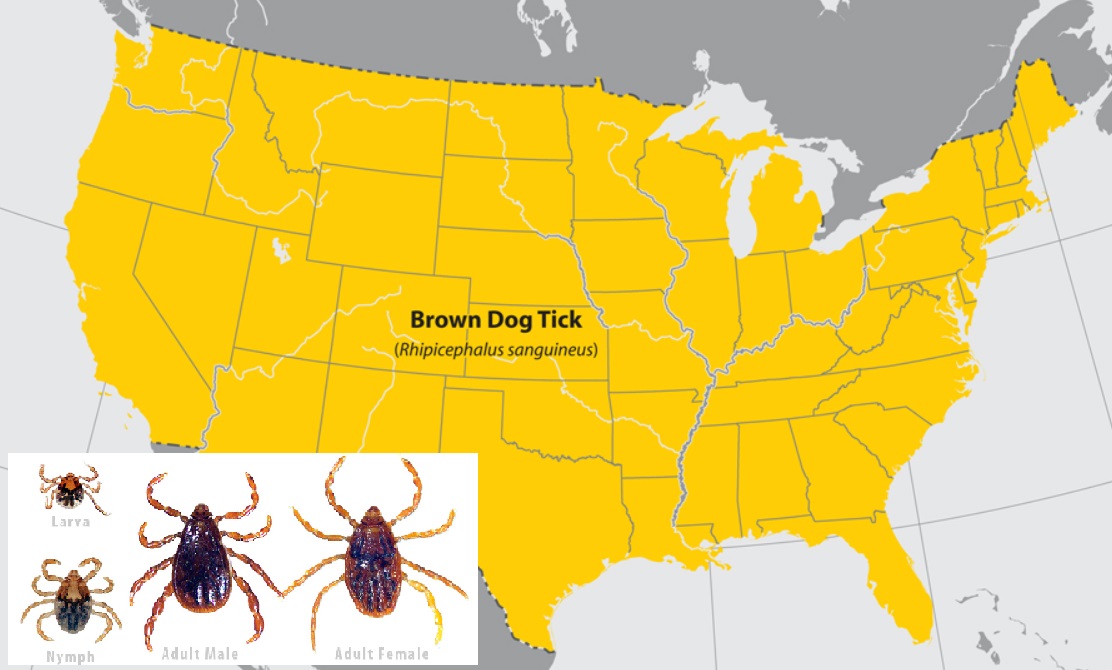
Brown Dog Tick. Map from the CDC.

American Dog Tick. Map from the CDC.
Prevention Is Key
Ticks can be found everywhere in nature, not just in the woods or fields. Ticks are often found in back yards in cities. The best way to prevent a tick borne illness is to prevent being bitten in the first place. Here are some tips:
- Keep the grass mowed down in your yard and remove old furniture and trash from your yard that may give ticks a place to hide.
- When out in nature avoid walking through tall grasses, weeds, and low bushy areas.
- If you must hike through tall grasses or low bushes, wear light colored clothing (to help you spot ticks if they reach out and latch on to you), wear long sleeves, and tuck your pant legs into your socks.
- Use bug repellent that specifies that it repels ticks. Not all bug repellent is made to keep ticks away. Don't forget to reapply when you are out and about and follow the directions on the label. Don't over apply bug repellent as that can make you sick.
- When you're done hiking or exploring out in nature, go home and take a shower right away and inspect your body for ticks. Pay close attention to your hair, arm pits, crotch, or any areas where skin folds as they can easily hide there.
- Remember, baby ticks can be smaller than a poppy seed and very hard to spot. Showering right away and really getting your body and hair clean can help.
- Check pets that go outside for ticks frequently, especially in the summer months. Checking your furry friends will help ensure they're not bringing unwanted guests into your home.
If you find a tick on you, here's the proper way to remove it. If you don't feel like you can remove it yourself, go to the doctor right away and have the doctor remove it.
A note about tick borne illnesses (especially Lyme disease):
- Not everyone gets all the symptoms.
- The thing people look for most with Lyme is a bullseye rash, but most people who get Lyme disease never get the rash. The bullseye rash when present is often mistaken for ring worm as it doesn't always take on the shape of a distinctive bullseye.
- You can go years with Lyme disease without having any symptoms, but the bacteria is still in your body damaging it. People with Lyme often go years without a diagnosis because they are misdiagnosed with other ailments that have similar symptoms or doctors don't think to check for it.
- If you want to be checked for Lyme disease, insist on a blood test. Don't let the doctor tell you that you can't have it because ticks that carry it aren't in your specific area (ticks migrate over time), and you could have picked it up on a trip from an area that does have ticks with Lyme.
- Lyme can be passed on from mothers to children if they were infected before or during pregnancy.
- Don't be afraid to seek the help of a naturopath if your regular doctor has treated you for Lyme unsuccessfully. Antibiotics do not have a high success rate for curing cases of Lyme disease that have gone untreated for years.
Do you know anyone in Oregon who was diagnosed with a tick borne illness? How did it affect their lives? Let us know in a comment (without naming the person). Share this article with friends you know love the outdoors and help keep them safe this summer! Bookmark this article to help you identify the ticks you may see while you're out exploring.

